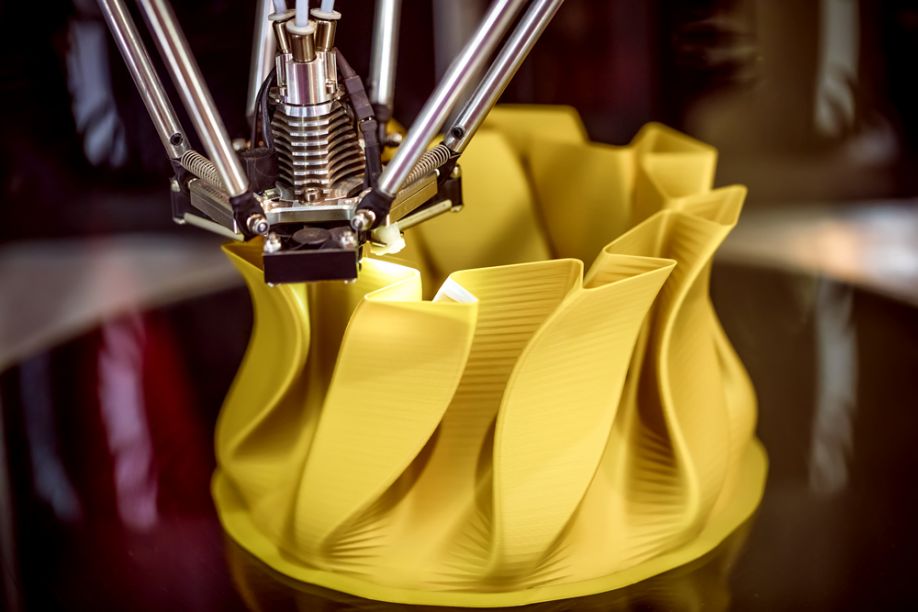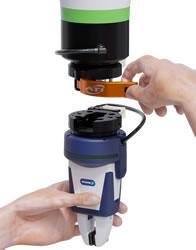How Are Smarter Robots Leading to Mass Customization in Manufacturing?

There’s an ongoing trend of many people preferring customized products to mass-produced ones. Some consumers wish to have shoes made for the precise shapes of their feet, while others want freshly produced juices with ingredients that buyers pick themselves. Possibilities also exist for jewelry inspired by photographs that purchasers submit before production begins or products with a person’s name incorporated into the design.
However, although consumers eagerly purchase products made through mass customization, they want those items quickly. That need for speed is one of the main reasons why manufacturers often use robots to achieve the consistent pace required to fill orders efficiently and without errors. Here are some of the specific ways that using manufacturing robots supports the move toward mass customization.
Enabling Customization Without Expert Knowledge
Making a customized item often requires having extensive knowledge about how to do it first. However, some researchers anticipated that robots could create personalized items without that know-how.
A team at MIT designed the AutoSaw, which allows nonexperts to customize furniture products, then have robots make them. The system uses carpenter-created templates that provide the flexibility for people to influence the output. For example, someone might say they need a table to fit into a tiny kitchen or a desk made for an oddly shaped living room.
The project’s research paper discusses how this method’s workflow doesn’t take jobs away from expert carpenters. Instead, people without woodworking knowledge collaborate with them to design the templates robots need. Those frameworks feature sets of exposed parameters that the laypersons can later tweak to create their custom designs.
It’s also advantageous that the robotic aspect of this creative process includes an automated chop saw and jigsaw. Researchers pointed out that even if carpenters know how to use computer numerical control (CNC) machines, they typically still rely on hand tools with blades. Since robots take care of the sawing tasks when creating furniture, the risk of getting cut goes down for all humans involved.
Another benefit of bringing robots to custom furniture making is that that approach could allow smaller-scale manufacturers to start experimenting with mass customization. For example, many of today’s bots are portable and affordable and can help with repetitive tasks. Those characteristics make them both appealing and accessible.
Enhancing Craftspersons’ Capabilities
One reason for the increased interest in mass customization is that people want the things they buy and use to reflect who they are. That might mean buying a fleece blanket featuring someone’s name, college colors and the year they graduated. It might also involve purchasing hand-painted flowerpots with a particular theme or color scheme that means something specific to the buyer.
People who order customized items often want to see signs of a human’s touch in those products. That’s why it’s usually not feasible to rely on robots for every part of a mass customization process. Machines usually assist with the less specialized steps of making a custom item that do not require creativity. They meet speed and accuracy requirements.
From there, humans can focus on the artistic or detail-oriented aspects that make an item one-of-a-kind. They can devote their time and attention to the parts of a creative process that they do best. However, anyone thinking about using industrial robots to enhance their output as a craftsperson must consider several factors to boost the chances of success.
For example, which tasks take the most time and frustration? Could a robot help with those? It’s also necessary to investigate ways to protect crucial parts. One option is to put braided sleeves over robotics system cables. Those accessories give thermal, mechanical and abrasion resistance. Some designs also protect against rodent damage.
Boosting Both Productivity and Personalization
Industrial automation has already brought numerous benefits, and experts anticipate seeing even more as additional companies invest in robots for new reasons. Currently, robotics solutions can improve workers’ quality of life by enhancing their safety and letting them focus on more rewarding tasks. Company leaders also appreciate that incorporating robots into a factory typically allows achieving higher outputs with lower error rates.
The common belief was that manufacturers could not have both personalization and high productivity. It was necessary to choose one or the other. However, due to the increased desire for mass customization, it’s no surprise they want both.
Fortunately, researchers at the Karlsruhe Institute of Technology have disproved that notion. They developed a flexible robotic system that allows companies to reach a high output with their customized items. The approach they used involves multiple uniform and freely configurable kinematics units that handle several handling tasks, such as cutting and joining or assembly.
The ability to program a robot to meet the need most required at the time means manufacturers can tweak the system to cater to new processes without investing in expensive equipment. Company representatives can also couple and decouple machines as needed to cope with demand fluctuations.
Helping Manufacturers Offer Customers More Options
People love the idea that they can move beyond mass-produced options and purchase things made with the specific features, dimensions or colors they prefer. Anyone who’s ever used an online tool to customize a car they want to buy knows how it’s possible to pick the color of the interior carpeting, the material of the seats, whether the vehicle has a sunroof and much more.
Robots give manufacturers increased flexibility and are instrumental in providing that abundant freedom of choice to consumers — without constant changeovers or excessive expenses.
In one example, a bathroom furniture manufacturer approached a turnkey robotics maker, requesting that the company design a solution that would allow providing more mass customization for customers. Representatives from the bathroom brand hoped to use robots to assemble the drawers that go with its furniture. The dimensions of those compartments ranged from 170-1,450 millimeters, and the company offered various material and color choices.
Before the company invested in robotic automation, workers used hand tools to assemble the drawers. However, the robots relieve employees from monotonous tasks while keeping the customized bathroom furniture affordable.
Catering to People’s Unique Requirements
Some people don’t merely want customized items so they can show them off to their friends and enjoy the exclusivity of products made just for them. There are plenty of genuine cases where custom goods offer better outcomes than mass-made ones.
The medtech industry is a good example of what’s possible. All bodies are different, and having something made for a single user could give better results. Many companies that produce such products rely on robots, along with complementing technologies such as 3D printing.
Additionally, representatives at Adidas recognized the value of personalization when they opted to use robots to make customized running shoes. The footwear has a custom, 3D-printed sole. Robots assist by adding thousands of threads to the upper parts of the sneakers. Each machine places approximately 2,000 of them on the upper shoe section. Plus, the materials may include up to 10 types of yarn.
The so-called Futurecraft.Strung design also incorporates high-resolution scans that capture information about a wearer’s gait. The decision to use threads in the upper part of the shoe also reportedly allows the fibers to surround a person’s foot better than less flexible materials. This gives the wearer enhanced support.
Customization Applies Also Applies to Usage
All manufacturers — regardless of the size of their operations and what they produce — must think carefully about the most effective ways to use robots when creating mass customized products. However, these examples show that such thoughtful approaches lead to positive outcomes.
Comments (0)
This post does not have any comments. Be the first to leave a comment below.
Featured Product

